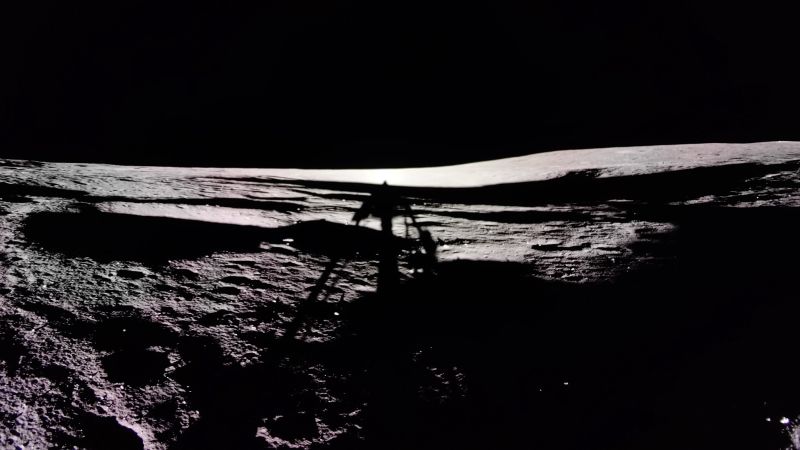Firefly Aerospace, a Texas-based firm, has recently celebrated a significant achievement in the realm of lunar exploration with the successful completion of its Blue Ghost lunar mission. Marking this event as a groundbreaking milestone, the company proudly announced that it managed to achieve “100 percent” of the mission’s objectives during its operational phase on the lunar surface. This accomplishment has positioned Firefly as the pioneering figure in what it terms the first “fully successful” commercial operation on the moon, setting a contrast with peers in the industry.
The Blue Ghost spacecraft, which composes a four-legged robotic lander approximately the size of a compact car, spent two weeks functioning on the moon’s near-side, particularly near an ancient volcanic region known as Mons Latreille, located just north of the lunar equator. The lander efficiently gathered valuable data through various experiments, which included attempts to receive GPS signals, collect lunar dust, and measure soil temperatures. Among its achievements, Blue Ghost transmitted a staggering 120 gigabytes of information back to Earth—comparable to more than 24,000 songs—thus significantly contributing to the scientific understanding of lunar conditions.
An intriguing aspect of Blue Ghost’s operations was its ability to continue functioning for about five hours after the lunar night began. With the project expected to face the harsh temperature changes that occur during lunar night, which can fluctuate from a scorching 250 degrees Fahrenheit (121 degrees Celsius) to an frigid minus 280 degrees Fahrenheit (minus 173 degrees Celsius), Blue Ghost’s performance demonstrated the robustness and reliability of Firefly’s engineering.
One notable achievement recorded during Blue Ghost’s mission was its capability to capture the farthest-ever received GPS signal and utilizing innovative technology for dust collection. Additionally, a drill was deployed to gather data related to soil temperatures, which can offer insights into the moon’s geology and potential resources.
After having successfully transmitted an extensive amount of data back to mission control, Firefly received its final signal from Blue Ghost around 7:15 p.m. ET on the concluding day of operations. In its parting dispatch, labeled “monument mode,” the lander indicated that it was set to remain dormant on the moon’s surface for the foreseeable future, accompanied by a touching farewell message. This message underscored the significance of human innovation and foresight, with reflective notes on the lander’s vigil over potential future undertakings in lunar exploration.
In the broader context of lunar exploration, Firefly’s successful mission becomes even more noteworthy, particularly in light of the challenges faced by other private sector moon landers. Their competitor, Intuitive Machines, had previously experienced difficulties with their Odysseus lander, which, while being the first commercial spacecraft to soft-land on the moon, did so in a sideways position that led to premature operational complications. Firefly has established its mission as a beacon of successful lunar landings amidst the background of previous failures by numerous enterprises attempting to soften land vehicles on the lunar surface.
Both Firefly Aerospace and Intuitive Machines’ missions were conducted under the auspices of NASA’s Commercial Lunar Payload Services (CLPS) program, a significant initiative designed to spur private sector contributions to lunar exploration. Firefly secured a $101.5 million fixed-price contract for its successful mission, a testament to NASA’s commitment to establish a fleet of commercially developed spacecraft aimed at further lunar exploration before the agency’s anticipated return of astronauts to the moon in the coming decade.
In a statement highlighting the team’s achievement, Will Coogan, Blue Ghost’s chief engineer, expressed profound pride in their collective efforts, noting that despite appearing youthful and less experienced compared to traditional spacefaring nations, the dedication and support amongst the team were the core enablers of their mission’s success. The Blue Ghost mission not only represents a milestone for Firefly Aerospace but also significantly advances our capabilities in lunar exploration, exhibiting how private-sector engagement in space endeavors is progressively becoming a reality in paving the path for future exploration.












